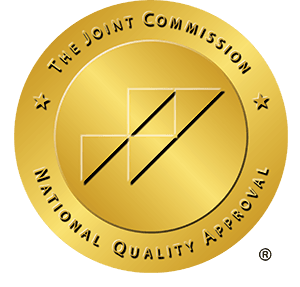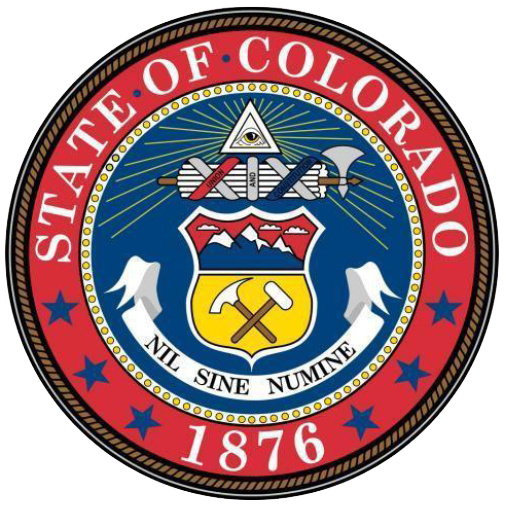
Veterans Struggling With Substance Use and Co-occurring Conditions
Veterans sacrifice their health to serve their country. The level of trauma involved in combat increases the risk of developing substance use disorder (SUD). Male veterans are more than twice as likely to develop SUD with multiple co-occurring conditions. Trauma causes isolation, which makes adjusting to life difficult.
Veterans often feel out of step with people who have never served. Veterans who have been deployed live in a very stressful environment where drinking and drugs are an acceptable way to cope. Male veteran substance abuse increases rates of suicidal thoughts and attempts because of the warrior ethos, which prevents reaching out for help.
What Causes Addiction in Male Veterans?
There is a robust connection between alcohol and drug use in the active military and in male veterans. Why?
Alcohol is such an integral part of the active-duty lifestyle that it becomes ingrained into people’s lives. Unfortunately, this can unknowingly create substance abuse patterns. These patterns can follow active-duty personnel into their lives as veterans. It is important to be aware of various dynamics that can promote substance abuse issues in the military, including:
- Since the ’60s and Vietnam era, heavy drinking by active-duty personnel is well documented, as is the use of drugs and tobacco.
- Heavy drinking in the military is part of the military work culture.
- Drinking is often used as a reward for hard work.
- Misuse of substances has been used to promote camaraderie.
- The encouragement of these activities can create substance abuse patterns.
- Asking for help goes against the warrior ethos.
- Drinking is a huge part of military culture.
Substances Most Commonly Used Among Male Veterans
Veterans have very commonly been prescribed highly addictive drugs because they commonly suffer from severe physical injuries, traumatic brain injuries, and mental health issues due to trauma. Oftentimes, they are prescribed these drugs in very large quantities. Given the prevalence of alcohol use in the military culture, this becomes even more dangerous. The most commonly used and abused substances amongst male veterans include:
- Alcohol
- Tobacco
- Marijuana
- Opiates
- Cocaine
- Prescription Drugs:
- Prescription Opioids (Lortab, Vicodin, OxyContin)
- Benzodiazepines (Ativan, Valium, Xanax)
- Sedatives (Ambien, Lunesta)
Male Veterans and Dual Diagnosis
All the secondary diagnoses are closely tied to SUD and it is hard to say which came first. Most importantly, all diagnoses are addressed individually and given equal treatment time.
Male veterans very commonly have multiple co-occurring conditions with SUD. The most common ones are:
- Post-traumatic stress disorder (PTSD)
- Generalized anxiety disorder (GAD)
- Depression
- Traumatic brain Injury
Types of Treatment That Help Male Veterans With SUD
The most critical factor in ensuring success is that the veteran is involved in creating his treatment plan, and it is a plan created for him as an individual. The treatment modalities we use to fit the client’s needs are:
- Medical detox
- Inpatient rehab
- Outpatient rehab
- Medication-assisted treatment program (MAT)
- Psychotherapy (talk therapy)
- Group therapy (peer support)
- Family therapy
- Cognitive-behavioral therapy (CBT)
- Eye movement desensitization and reprocessing (EMDR)
- Art therapy
- Equine therapy
- Meditation and yoga
- Treatment in nature/Adventure therapy
What Causes Male Veteran Substance Abuse to Be So Common?
The dependence on alcohol to create camaraderie and reward action during active-duty sets up a very dangerous culture resulting in:
- Trauma
- A severe physical injury that requires pain management
- Traumatic brain Injury
- Combat exposure
- Multiple deployments
- Co-occurring mental health disorders
- Commonly prescribed drugs for veterans which are very addictive
- Lack of peer support
- Military culture/warrior ethos
Impact of Male Veteran Substance Abuse
Veteran substance abuse rarely only affects the veteran. Most studies and research do not include the profound effect on family, loved ones, and society at large. But these effects are often discussed in family or group therapy. Some of these negative effects can include:
- Homelessness
- Low sense of self-worth
- Suicide
- Unemployment
- Domestic violence
- Inability to maintain healthy relationships
- Difficulty transitioning back into civilian life
How Can I Help My Male Veteran?
The biggest support is listening to listen rather than to reply. This is the greatest gift you can give your veteran, simply listen when he feels the need to share. Consider the following tips:
- Accept that you cannot be their therapist or understand how they feel
- Never claim to understand unless you have been active in that person’s experience
- Support them in their efforts to heal and create a healthy life
- Just listen
- Love them with empathy and compassion
- Family counseling
- Individual counseling
- Self-help peer support such as Al-Anon
Resources Available to Male Veterans
Resources can be a big challenge to veterans because the U.S. Department of Veterans Affairs (VA) frequently has a backlog and cannot find beds fast enough. Actually, the same problem exists in the private sector. Some examples are:
- Comprehensive care through the VA
- Private traditional inpatient and outpatient rehab programs
- The Department of Defense
Barriers to Care
Cost can be a challenge and recovery can be expensive, but there are even more barriers to wellness to consider:
- Access to care
- Cost
- Shortages of people working in the mental health field
- Lack of training for providers, particularly in trauma
- Asking for help being a sign of weakness is an attitude prevalent in military circles
- Worries about stigma
- Guilt
- Career repercussions
- Quality of care
- Stigma
Statistics About Veterans, Mental Health, and Care For Substance Abuse
- Depression among male veterans is five times higher than the civilian population
- PTSD is 15 times higher in the veteran population
- Being deployed causes the rate of depression to jump from 11.4% to 15%
- Suicide deaths average 19.74 deaths per 100,000 service members
- 30% of suicides are due to high-risk behavior connected to alcohol or drugs
- 20% of deaths, not suicide, were connected to alcohol or drugs
- 31% of driving fatalities involved alcohol intoxication
- In 10 to 20% of cases of PTSD, symptoms become persistent and debilitating
Prevention is the best way to treat veteran drug and alcohol addiction. It can be an uphill battle due to the culture of alcohol and drug use in active duty or deployed, but service members need to be provided resources to prevent and deal with substance use disorder and other mental health issues that often develop.
It is essential that male veterans and their families feel comfortable reaching out to find the counseling needed to adjust to civilian life and recover. Military service has a profound impact on mental health and sobriety. If prevention fails, it is vital to have the tools to deal with this negative impact. Healing Pines Recovery offers an integrated approach, with several treatment types designed individually for each person.
Call Healing Pines Recovery today to learn more about our individualized treatment plans at 720-575-2621.
Paul Leafstedt
Paul was born and raised in the beautiful state of Colorado. He went to college in California at CAL Poly Pomona, majoring in Mechanical Engineering. Being a person in recovery and always finding fulfillment in helping others succeed, Paul co-founded a treatment center in California with 4 other partners. Paul came back to Colorado to continue his journey in the field of addiction, and to share his vision for Healing Pines Recovery. “Colorado is such a magical place for me, its natural beauty and peace lend itself for the perfect environment to connect with yourself and others. Healing Pines is different, it’s real, you can feel it. What you see is what you get here. This is a safe place to dig deep and be vulnerable, to re-discover yourself, what the world has to offer and what you have to offer the world.”Begin Your Journey & Escape Addiction
The first step can be the hardest. Fill out the form or call us at (720) 575-2621. You will be connected with a Healing Pines Recovery specialist who can answer your questions and help you get started.
Let Us Help You
Speak to Someone Right Now







